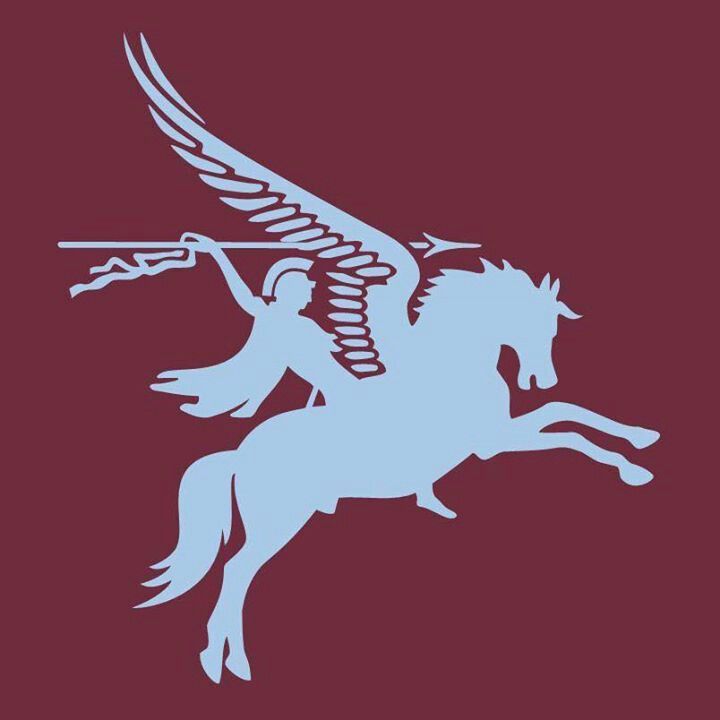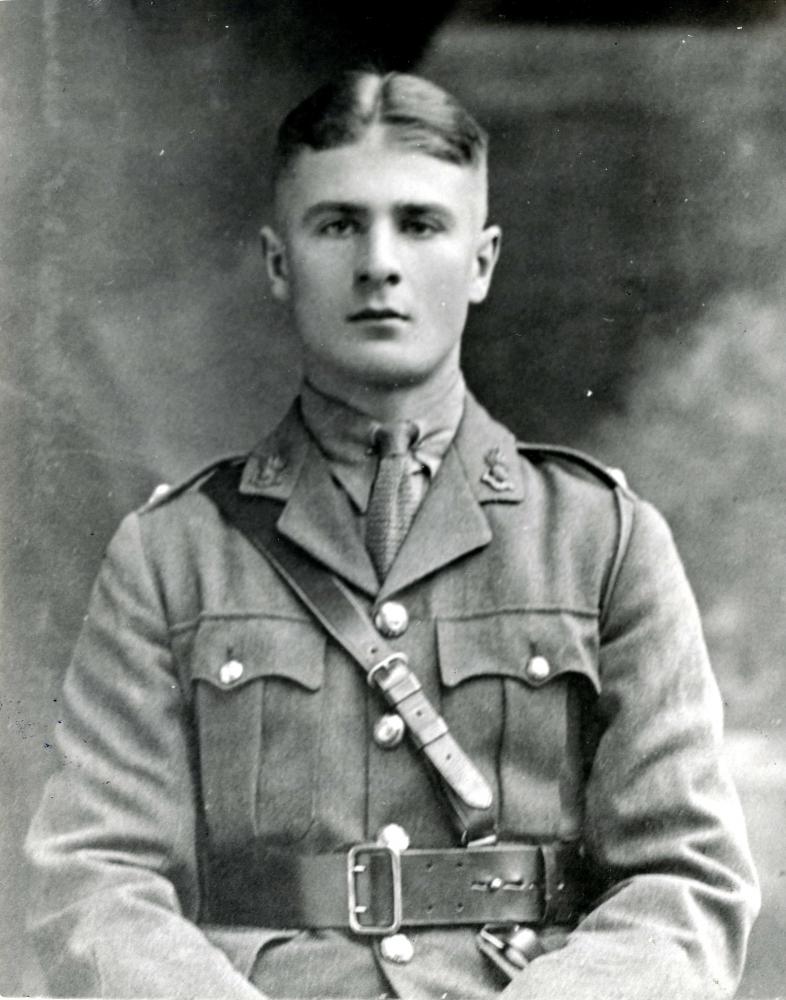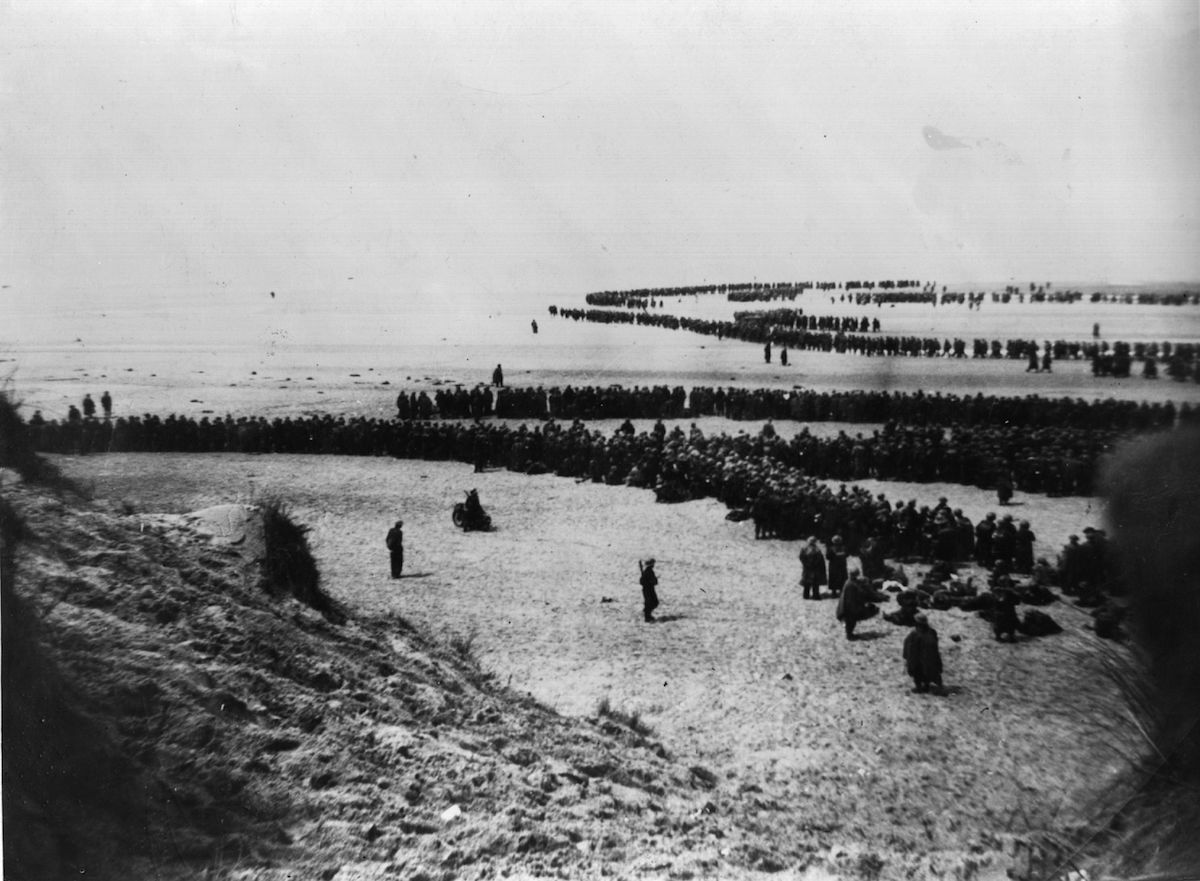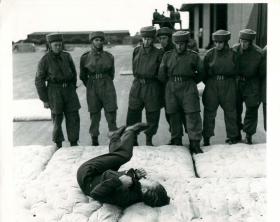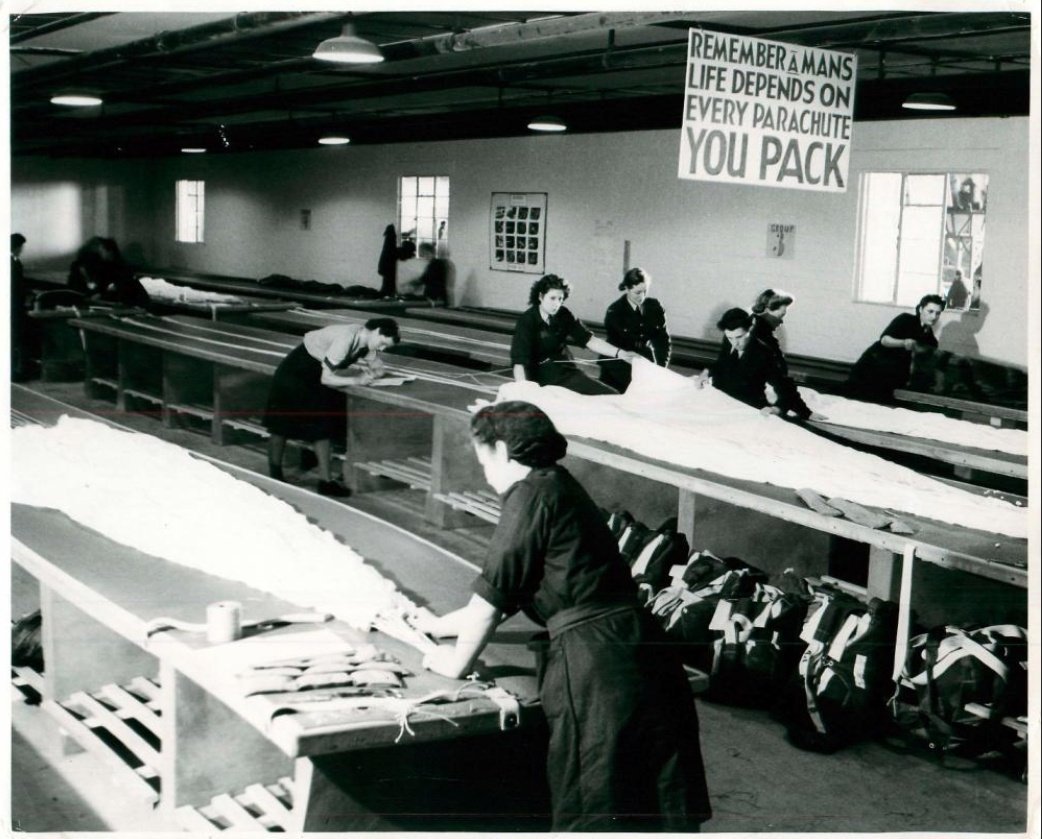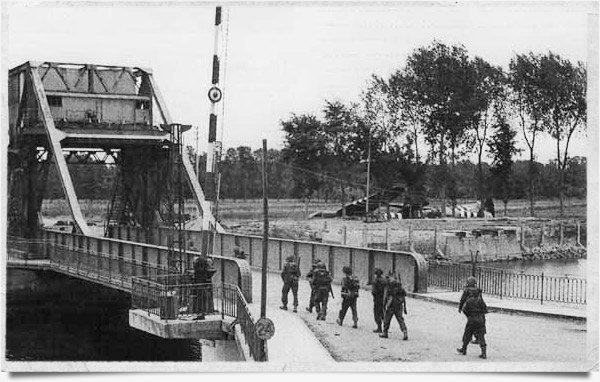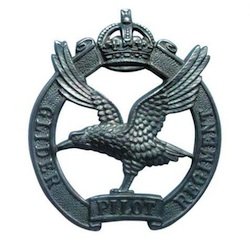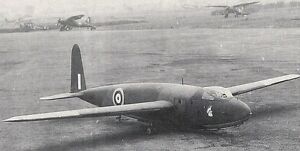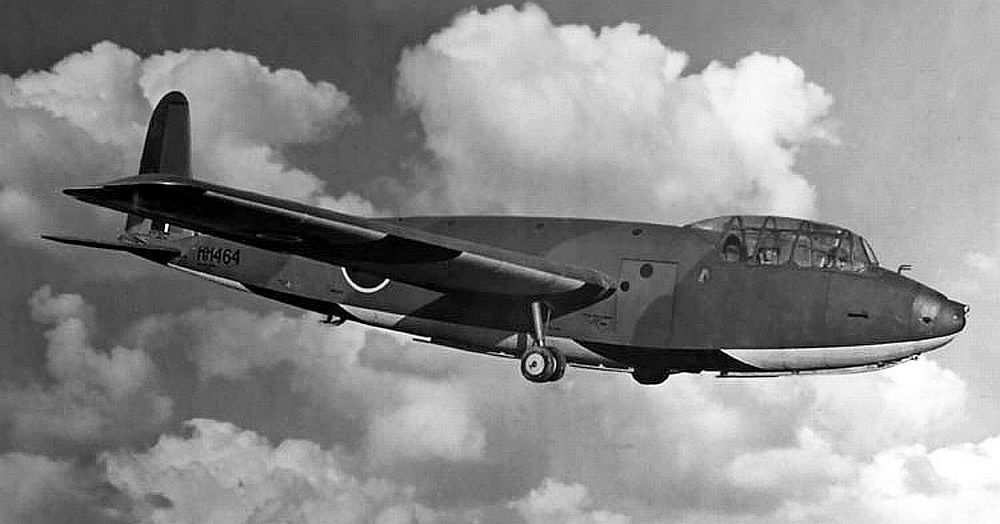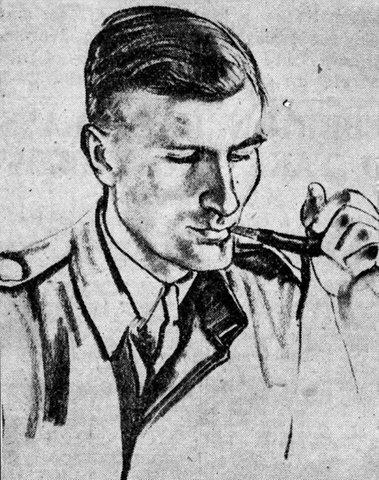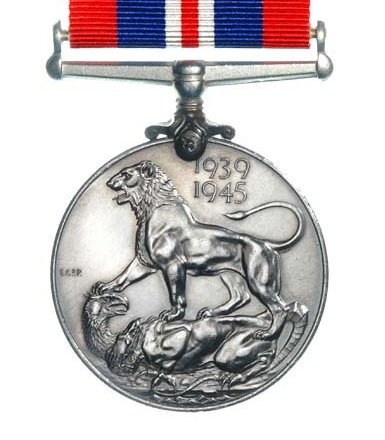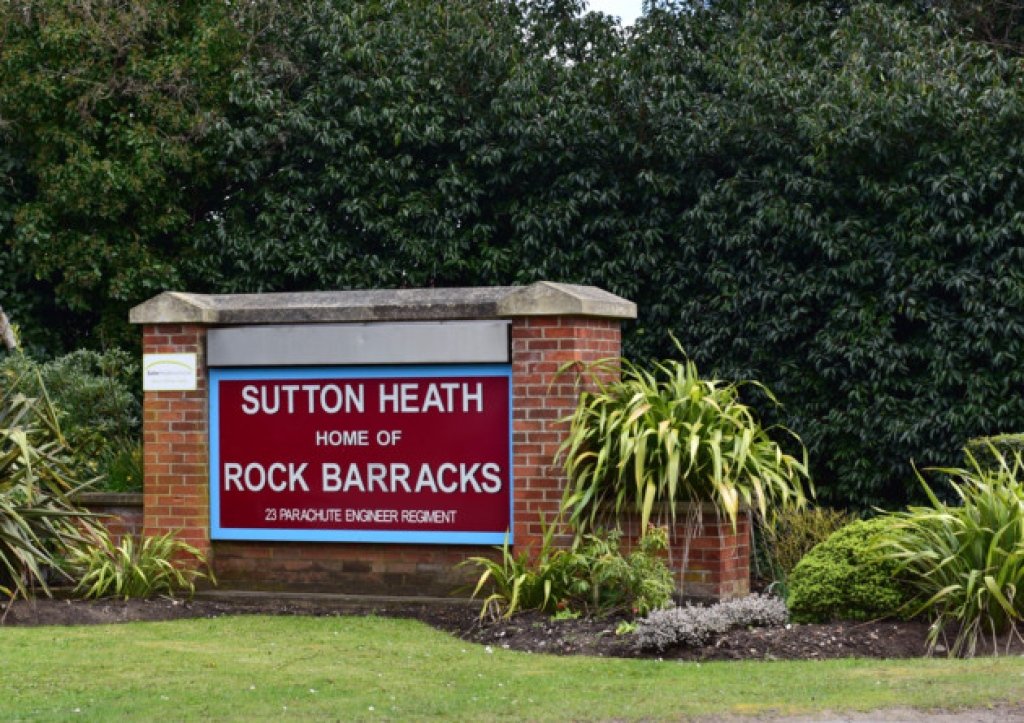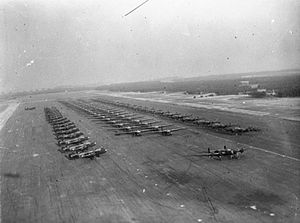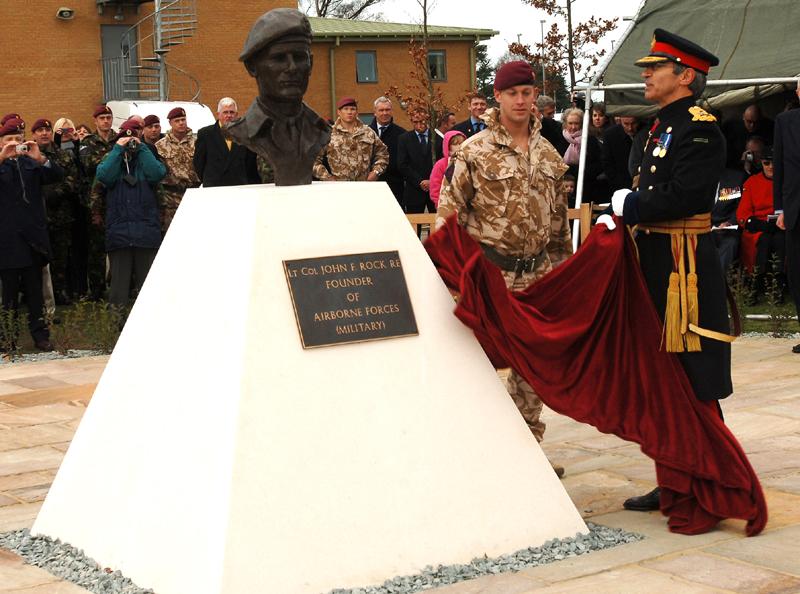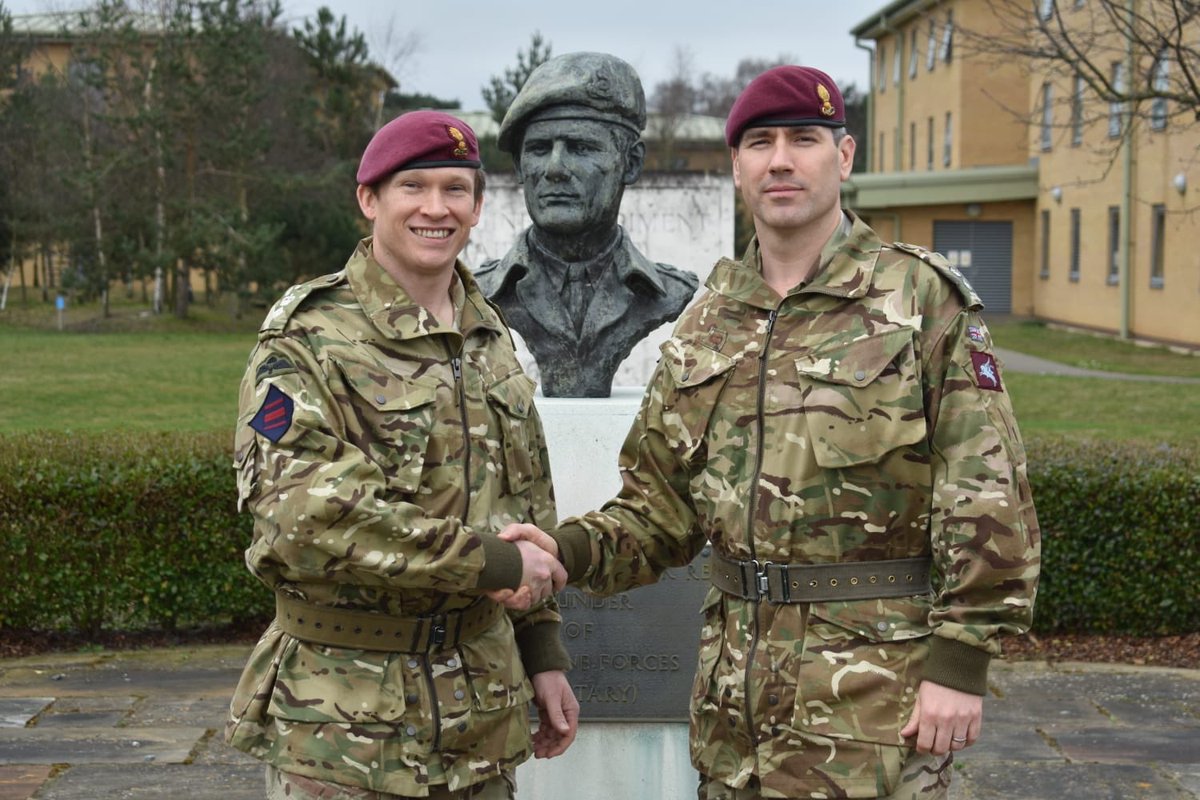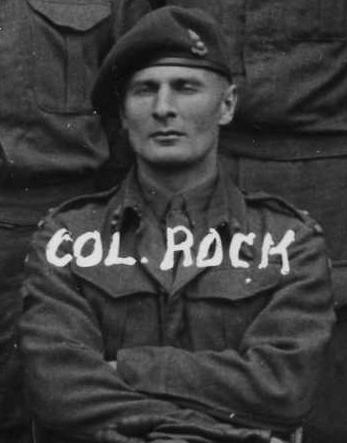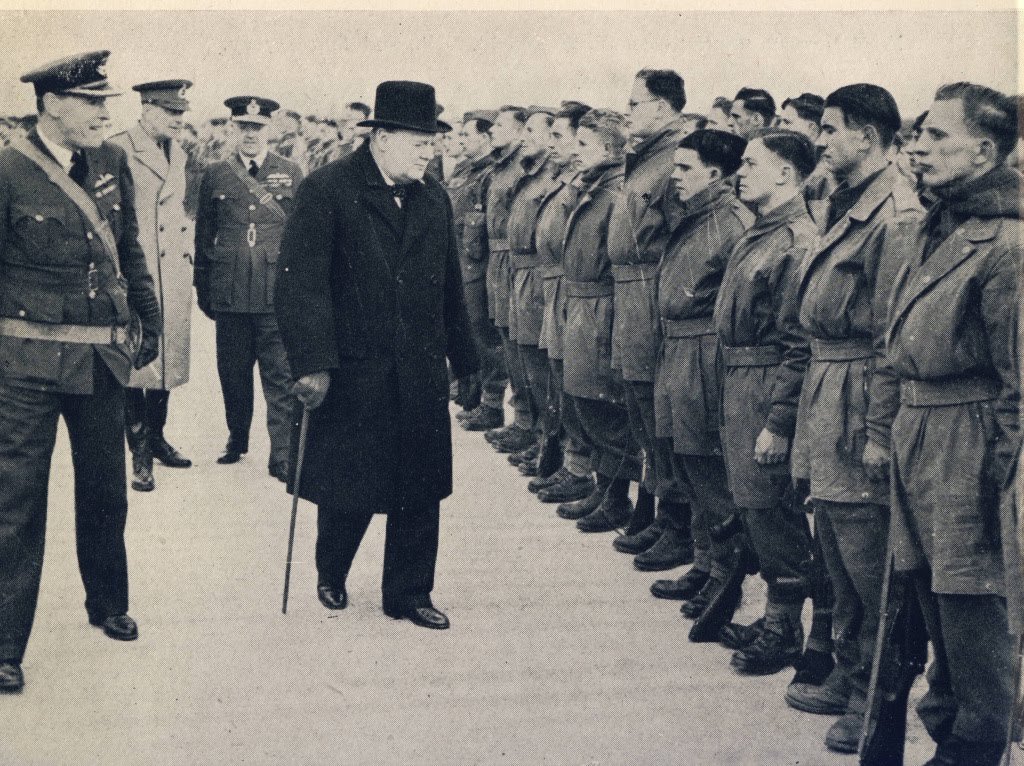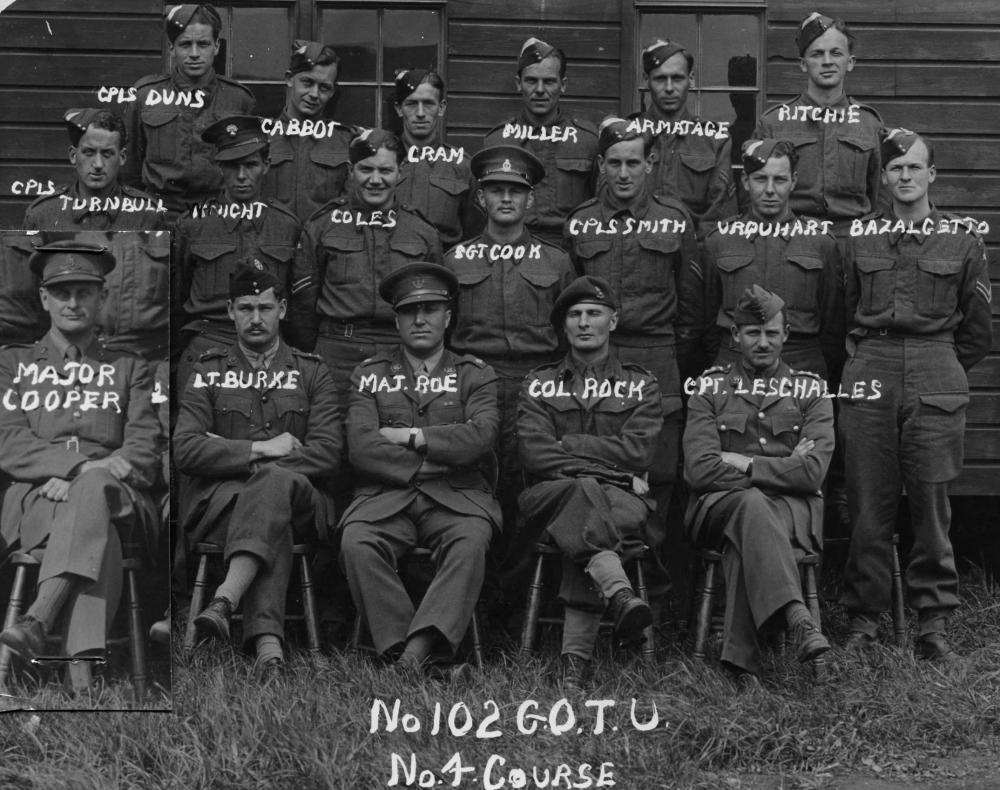33363 Lt Col John Rock, @Proud_Sappers, & #39;Responsible for the formation of Airborne Forces as we know them today& #39; (HRH Prince of Wales). A thread.
Commissioned 3 Sep 25, as a young officer JR served in the School of AA Defence, 49 Fd Coy, School of Air Photography, RE Trg Bn Chatham, German Language Course (he spoke four languages), ADC to CinC Intl Force Saar Territory before embarking for Ceylon as @oc31_yogi
Staff College complete (Jan - Oct & #39;39) he was posted as GSO 3 No 2 Military Mission BEF and then Bde Maj 11 Inf Bde (evacuated at Dunkirk and JR along with it).
Inexplicably by 24 Jun 1940 JR was selected by the Army to take control of the organisation of the 5000 Airborne Troops announced by Winston Churchill - no small feat!
By 25 Aug 1940 JR was GSO 1 Central Landing Establishment, Ringway (now Manchester Airport) and the Senior Army Officer. Resources were scarce! But courage, initiative, vision and leadership were the order of the day and paved the foundations for & #39;Airborne Initiative& #39; (ABI).
JR was a dynamo, possessing a & #39;touch of fire& #39;, he was involved in all aspects of the development of Airborne Forces, 3 weeks after his arrival the first live jumps occurred, he was the first to jump again after fatalities or injuries, showing his mettle.
When an experimental parachute failed to open and the dummy duly creamed in he said & #39;not particularly promising& #39; but jumped it regardless. Never asking anyone to do something he hadn& #39;t done himself, he was always the No.1 in the door during this experimental phase.
Extra pay, smocks, lightweight equipment, helmets, gloves, specialist parachute packers and the specialist aircraft (Dakota) were all subjects he addressed and championed with the War Office, against fierce opposition from both Army & RAF over scarce resources.
At the time the War Office foresaw the nascent airborne forces as being used to capture aerodromes and conducting small raids.
JR had more intellectual vision and saw a widescale future for Airborne Forces - isolating areas from enemy reinforcement, attacks from the rear, seizing bridges and defiles, flank attack, disrupting communications - all of which would come to pass! (Greenacre)
JR became GSO 1 Central Landing Establishment and subsequently held the very ally job title of GSO 1 Airborne. Once parachuting was growing at a steady rate he switched his attention.
The role of gliders was particularly promising so he leaned how to fly from scratch. Successively completing the basic cse, Magister, Hotspur and then Horsa between Dec& #39;41 - Sep& #39;42. In the process he had become CO 1st Glider Battalion @GPRSociety @ArmyAirCorps
Despite being an inexperienced pilot, and after many close scrapes, including a wingtip and a chimney stack, he immediately began experimental work and developing the embryonic glider force for operations.
However - JR was injured on 27 Sep 42 when the Hotspur Glider he was piloting hit a telegraph pole (IVO Shrewton, Wiltshire) during a night flight (due to a tow rope snap) it is likely that sandbags used to replicate a load caused most of the injuries.
JR died in Tidworth Hospital on the 8 Oct 1942, unmarried, he was survived by his sister and was buried on 10 Oct 1942, Tidworth Military Cemetary, Sec E (Offrs), Grave 174.
Incredibly, he was only ever posthumously awarded the 1939-1945 Medal on the 8 Apr 1949 and has received no other public recognition for his role in developing Airborne Forces.
His memory is kept alive in @AirborneSappers whose home was aptly named Rock Barracks (in Woodbridge, Suffolk). N.B The remainder of @16AirAssltBde moved to Merville Bks, Colchester, at the same time.
An appropriate name because in a twist of fate the wartime RAF Woodbridge played a part in the zenith of Allied Airborne ops as sixty HAMILCARS destined for Op VARSITY (the Rhine Crossing) mounted from here destined for LZ P on 24 Mar 1945.
Consisting mainly of Div HQ, Bde HQs, 3 & 4 A/L A-Tk Btys, 53 Lt Regt RA @Airbornegunners and AARR Tanks. Chalk 285 & 286 were loaded with D4 bulldozers from 286 Fd Pk Coy - Royal Engineers.
Currently, a memorial stands at the head of the parade square at Rock Barracks, funded by the wider Airborne Engineers community and casts an approving eye over the current generation of Airborne Sappers.
The only other memorial I& #39;m aware of is a gift from a former DCOS 16 Air Asslt Bde in Bde HQ (later became a CO of 23 Parachute Engineer Regiment), some portraits in both Messes and I believe some pieces in @REMuseum @RE_Hist_Society
In summary: "The greater part of the credit, on the Army side, for the success of the initial trials and experiments, must go to Major Rock, whose unfailing courage and determination in the face of all difficulties was an inspiration to others" Lt Col TSH Otway DSO.
Hope that has given some measure of the man. Many others were involved during this period, particularly the RAF & Sqn Ldr Strange et al. I& #39;ll apologise now for inaccuracies!
@thinkdefence @dropshort2000 @maj_fox @SkyGod23 @sicarvel @6thairborne @NetworkMuseums @AirAssaultMuse
@thinkdefence @dropshort2000 @maj_fox @SkyGod23 @sicarvel @6thairborne @NetworkMuseums @AirAssaultMuse

 Read on Twitter
Read on Twitter